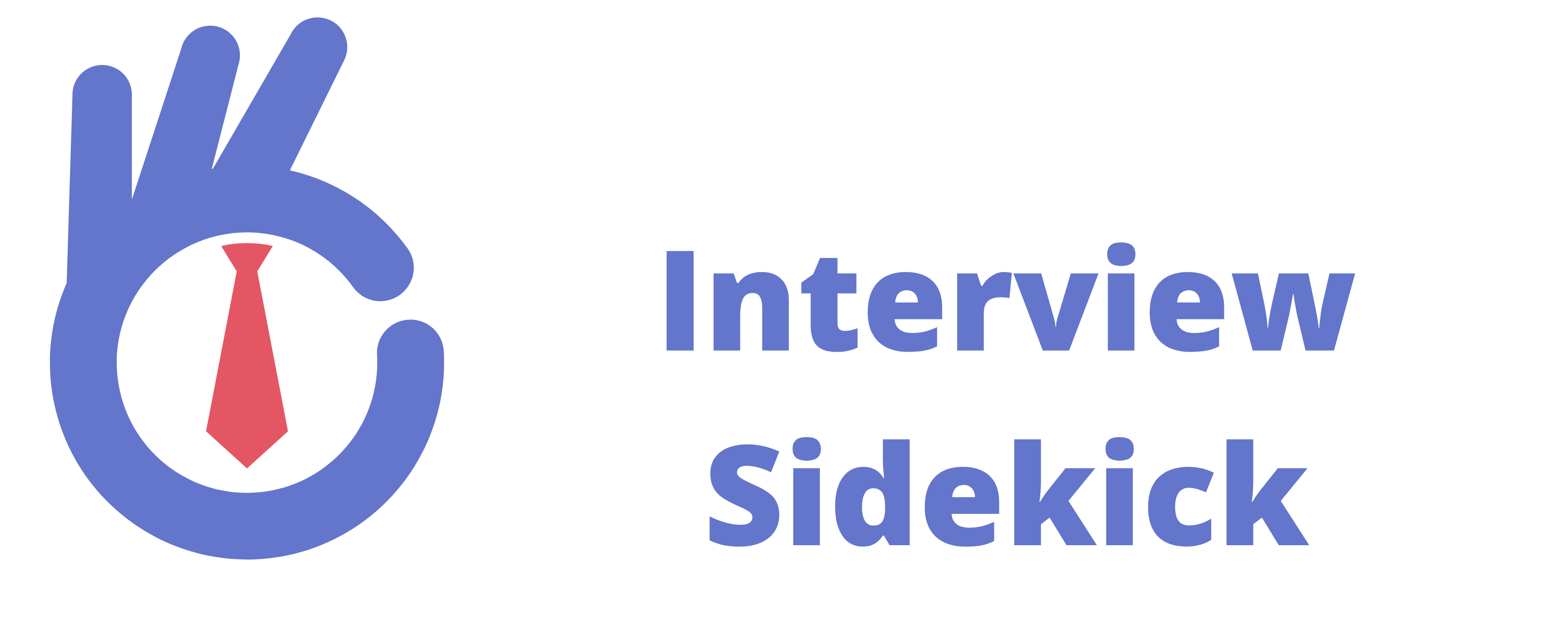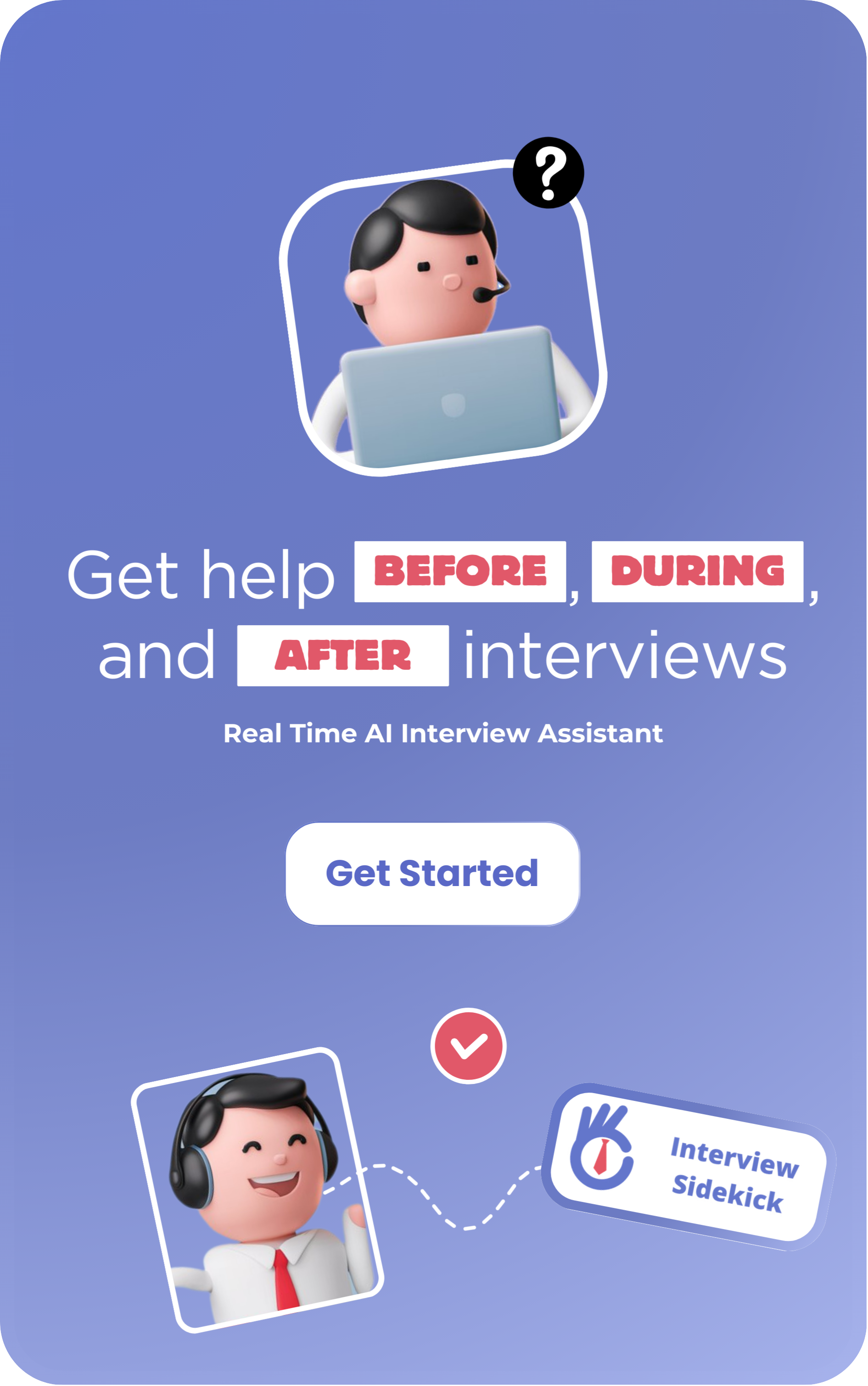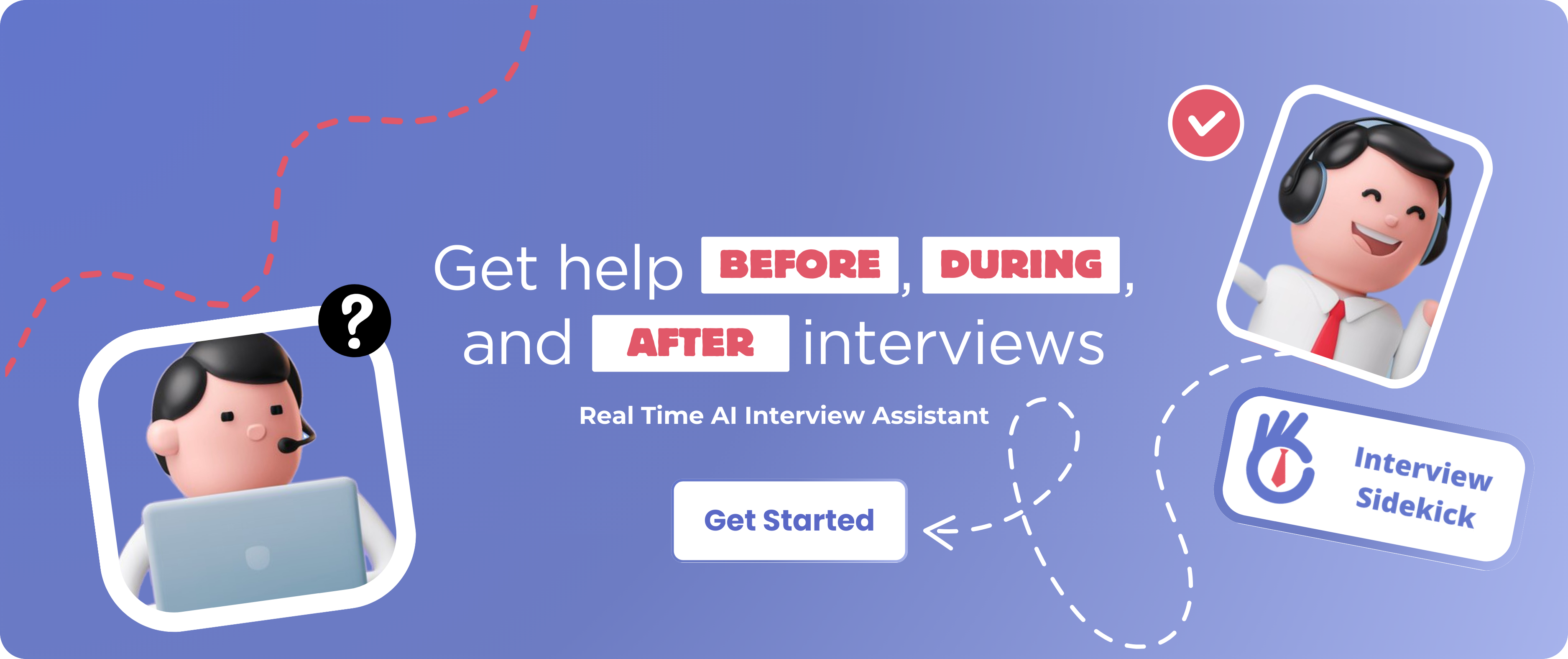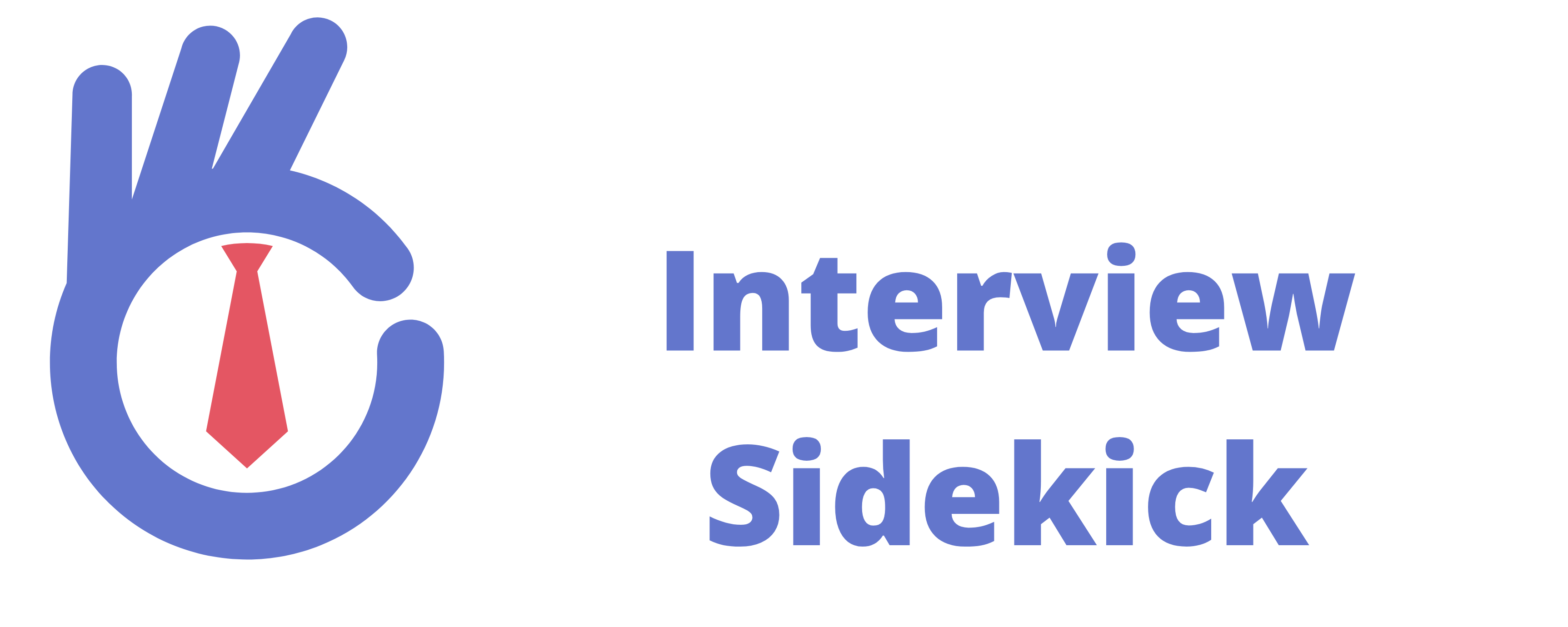A Continuous Delivery (CD) Engineer focuses on automating and streamlining the software release process. They ensure that code changes are deployed seamlessly from development to production. This guide will help you prepare for a CD Engineer interview, covering essential tools, concepts, and best practices for deployment automation and troubleshooting.
Overcoming Common Interview Prep Pain Points
- Tool Selection: With numerous tools like Jenkins, GitLab CI, Spinnaker, and Argo CD available, it can be tough to know which one is right for your pipeline.
- Release Automation: Ensuring the release process is fully automated and reliable can be a challenge, especially in complex environments.
- Version Control and Rollbacks: Managing version control efficiently, and knowing how to quickly roll back deployments, is critical in maintaining stability.
- Continuous Integration vs Continuous Delivery: Understanding the distinction between CI and CD, and how to ensure a smooth transition from one to the other.
- Deployment Troubleshooting: Resolving deployment issues quickly while maintaining minimal downtime is vital in a production environment.
Your 4-Week Preparation Roadmap
This 4-week preparation roadmap will guide you through mastering Continuous Delivery (CD) concepts, tools, and best practices to ensure you’re well-prepared for your interview.
Week 1: Fundamentals of Continuous Delivery
Focus: Understand the key concepts of Continuous Delivery and its importance in the software development lifecycle.
Daily Goals:
- Day 1: Study the definition of Continuous Delivery and how it fits within the CI/CD pipeline.
- Day 2: Learn about the importance of automated testing in CD, including unit tests, integration tests, and acceptance tests.
- Day 3: Understand the relationship between Continuous Integration and Continuous Delivery.
- Day 4: Learn about version control systems (e.g., Git) and how they are used in CD workflows.
- Day 5: Study the difference between blue-green deployments, canary releases, and rolling updates.
- Day 6: Familiarize yourself with different deployment strategies and when to use them.
- Day 7: Study how CI/CD pipelines integrate with cloud platforms (AWS, GCP, Azure) for deployment. Test yourself using our Interview Question Generator.
Tip: Set up a simple CD pipeline using Jenkins, GitLab CI, or a similar tool to deploy a sample application.
Week 2: Tools and Automation in Continuous Delivery
Focus: Dive deeper into the tools and technologies used for Continuous Delivery automation.
Daily Goals:
- Day 1: Study Jenkins and its role in automating deployments. Learn about Jenkins pipelines and how to integrate them into your CD pipeline.
- Day 2: Learn about GitLab CI and how it helps with Continuous Delivery, including automated testing and deployment.
- Day 3: Explore Spinnaker and its deployment strategies. Learn how it can be integrated into cloud environments for CD.
- Day 4: Study containerization technologies (Docker) and how they simplify deployment in Continuous Delivery pipelines.
- Day 5: Learn about Kubernetes and how it manages containerized applications in a CD pipeline.
- Day 6: Familiarize yourself with configuration management tools (Ansible, Puppet, Chef) used to automate infrastructure setup and deployment.
- Day 7: Study the role of monitoring tools (e.g., Prometheus, Grafana) in the CD pipeline for ensuring the health of applications post-deployment.
Tip: Set up a Kubernetes cluster with a sample application and automate its deployment using GitLab CI or Spinnaker.
Week 3: Advanced CD Concepts & Optimizing Delivery Pipelines
Focus: Learn advanced concepts in Continuous Delivery, such as advanced deployment strategies and pipeline optimization.
Daily Goals:
- Day 1: Study blue-green deployments in more depth. Learn how to implement and roll back these deployments efficiently.
- Day 2: Explore canary releases and feature toggling, and understand when and why they are used in CD.
- Day 3: Study continuous testing and how to ensure automated tests are integrated throughout the delivery pipeline.
- Day 4: Learn about deployment monitoring and alerting, and how to use tools like Prometheus and Grafana to ensure successful deployments.
- Day 5: Understand how to manage dependencies in a Continuous Delivery pipeline and ensure that each deployment has the right dependencies.
- Day 6: Learn about security and compliance automation in the CD pipeline, including vulnerability scanning and secret management.
- Day 7: Study rollback strategies and how to manage failed deployments quickly and efficiently.
Tip: Implement a canary release strategy using Kubernetes or AWS, and automate rollback in case of failure.
Week 4: Real-World CD Scenarios & Mock Interviews
Focus: Prepare for real-world scenarios and practice mock interviews to refine your skills.
Daily Goals:
- Day 1: Review case studies of successful Continuous Delivery implementations in large-scale applications.
- Day 2: Prepare for scenario-based questions, such as designing a CD pipeline for a microservices architecture.
- Day 3: Practice troubleshooting failed deployments in the CD pipeline and improving pipeline stability.
- Day 4: Participate in mock technical interviews focused on Continuous Delivery tools and strategies.
- Day 5: Study common interview questions about deployment strategies, automation tools, and pipeline optimization.
- Day 6: Understand how to scale Continuous Delivery practices across teams and projects, especially in large organizations.
- Day 7: Relax, review your progress, and focus on strengthening any weak areas before the interview.
Tip: Participate in mock interviews with peers or mentors to receive feedback on your approach and improve your responses.
Bringing It All Together
By following this roadmap, you’ll master the core concepts and tools used in Continuous Delivery. Here are some additional tips for success:
- Hands-On Practice: The more you practice with tools like Jenkins, GitLab CI, Spinnaker, and Kubernetes, the more proficient you’ll become.
- Focus on Automation: CD is all about automating the deployment process, so focus on automation, testing, and monitoring throughout the pipeline.
- Optimize for Speed and Reliability: Strive to make the CD pipeline fast, reliable, and able to recover quickly from failures.
- Troubleshooting Skills: Being able to quickly diagnose and fix issues in the CD pipeline will set you apart in your interview.
- Collaboration and Communication: Continuous Delivery is a collaborative process, so being able to communicate clearly with development, operations, and QA teams is essential. Practice with interactive resources like our Interview Question Generator.
By mastering these concepts and tools, you’ll be well-equipped to ace your Continuous Delivery Engineer interview and advance in your career. Good luck! 🚀




